Type “cabinet styles” into Google Images (like we did) and you’ll get an array of glossy, dated-looking wood cabinets with ornate arches, louvered doors, some even with inset stained glass. But we believe in the trend-resistant kitchen cabinet—something that will remain timeless and ensure you won’t want to start fresh every few years. We favor a clean, streamlined aesthetic, without fancy carved wood or molding.
To make the selection a little easier, we’ve narrowed down the options. As far as we’re concerned, these are the only six cabinet styles you need to know: glass-front, Shaker-style, beadboard, flat-front, plywood, and natural (that is, unfinished) wood. We spoke with kitchen-design specialist Helen Parker, the creative director of UK-based kitchen company deVol, to get some insights; here’s what you need to know about each.
1. Shaker-Style Cabinets


While many traditional styles have fallen from favor (we’re looking at you, Colonial!), Shaker-style cabinets have only gained in popularity, thanks to their minimalist but still distinctive look. (Case in point: See Remodeling 101: Shaker-Style Kitchen Cabinets.) Each Shaker-style door has five segments: vertical pieces on the sides called stiles, horizontal pieces on the top and bottom called rails, and a recessed panel in the middle. (More-traditional cabinet styles often have raised center panels.) Parker calls this “a classic, simple look that never really goes out of style.”
Pros:
- “Shaker has a chameleon-like quality; it’s easy to style your own way,” says Parker. “Mix it with a concrete worktop and it becomes a bit industrial; add a wooden worktop and it becomes more country.”
- As with glass-front cabinets, it’s quite acceptable to combine Shaker with flat-front styles.
- Because they’re so popular, Shaker cabinets are widely available and can be reasonably priced—in fact, the best budget option is sold by Ikea.
Cons:
- You’ll need to clean regularly to prevent dirt from collecting on the inset area.
2. Glass-Front Cabinets
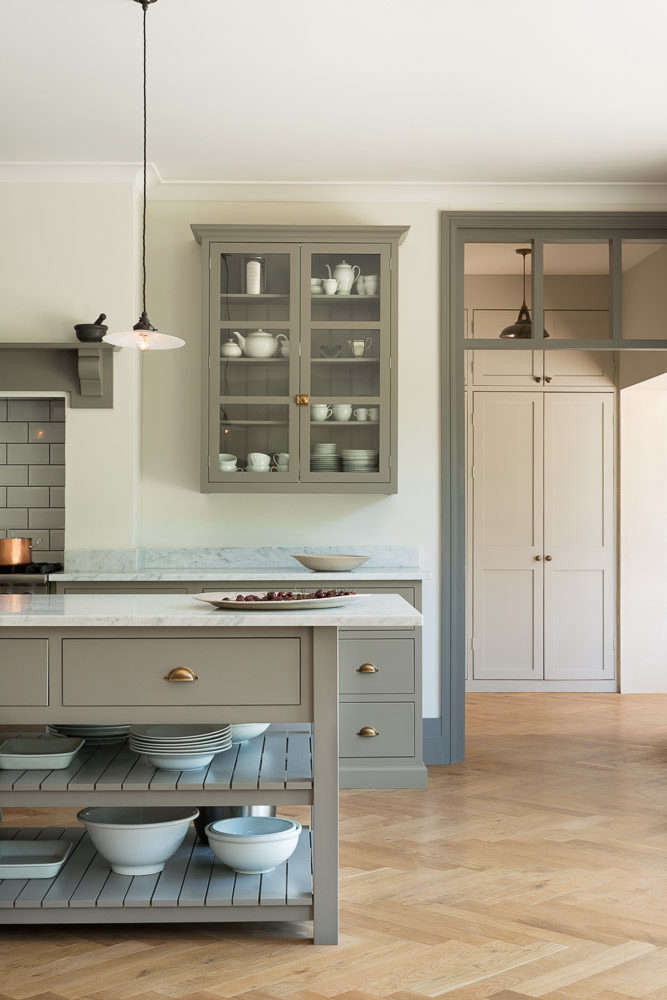
You may not choose to have glass fronts on every cabinet in your kitchen (especially the below-counter ones), but it’s OK to mix and match with, say, a flat-front style. Like a window, a single cabinet door can be made up of one or several panes of glass.
Pros:
- “Glass-front cabinets always seem a little more special,” says Parker. “They have a lovely reflection, which helps in a darker room, and of course they’re great for displaying items you’re proud of.”
- As kitchens tend to be dusty and greasy places, Parker points out that glass-front cabinets display ceramics and glassware but keep them more protected than open shelves.
- Adding lights installed inside your glass-front cabinets will help brighten your kitchen—and also highlight what’s displayed.
- Glass-front doors also let you add a design element inside the cabinets—say, installing beadboard in the back, or painting the interiors.
Cons:
- There’s a downside to the display element: Since whatever’s inside is in open view, you must keep your shelves neat and tidy. That’s a good reason to have glass on only some of your cabinets—and put your best stuff in those. Or, choose frosted glass, for some opacity.
- Be sure the glass is high quality; for safety’s sake you’ll need it to be durable.
- Cleaning glass and wood is a two-step process. Dirt and dust can collect along the frames; glass is easily cleaned but will need a glass cleaner.
- Glass-front cupboards are a little more expensive than wood, says Parker, as the glazing takes more time to fit and finish in the shop.
3. Beadboard Cabinets
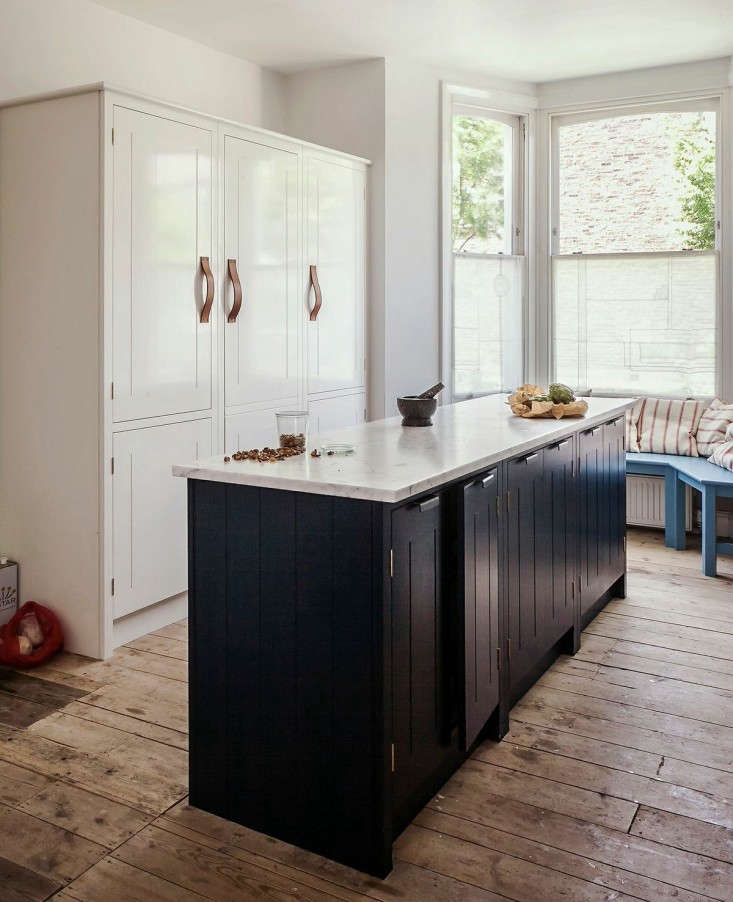
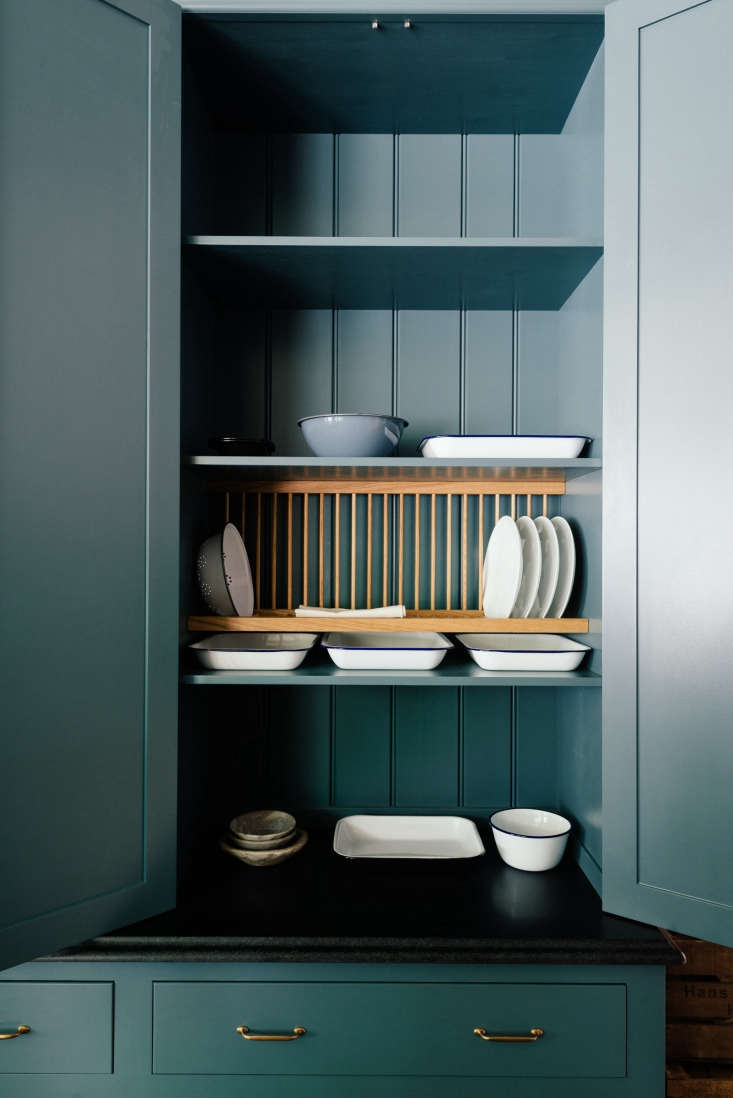
Beadboard (sometimes also called tongue-and-groove; see Remodeling 101: The Ultimate Wood Paneling Guide with Jersey Ice Cream Co.) describes a type of construction in which vertical slats are fitted into each other. “It’s definitely not for someone trying to achieve a minimal and sleek look, as it’s detailed and textured,” says Parker.
Pros:
- Depending on the finish, beadboard can give you a relaxed, cottage-style look with Scandinavian overtones. It adds an element of warmth—just as it does when used to cover a wall in a hall or mudroom.
- Beadboard is available with “boards” in various widths. Do you want them around two inches, or wider? Consistent width, or varying widths for a more traditional look? Another common variation is a beadboard panel set in a stile-and-rail frame.
- Today’s beadboard is often a solid piece of medium-density fiberboard, or MDF, milled to resemble pieces of wood fitted together. Sharp profiles in the grooves will make it look more like the real thing.
- Beadboard can also be used inside cabinets; deVol often puts it the backs of cabinets, to add a subtle touch of detail.
Cons:
- Beadboard requires careful cleaning, since the grooves can collect dirt and grease.
- The cost of beadboard varies, depending on the type of wood and the construction used.
4. Flat-Front Cabinets
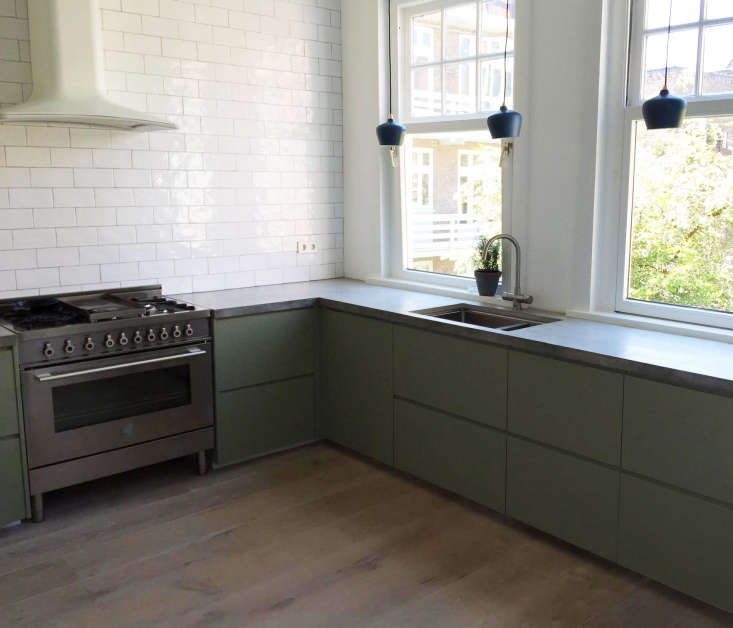

Flat-front doors, also called slab doors, are solid with no panels or other framing. It’s a simple, minimalist look that works well in any modern or contemporary kitchen. Flat-front doors are generally made from a single piece of plywood or MDF, which is either painted or covered with wood veneer.
Pros:
- No cabinet is easier to clean or refinish than one with a flat front.
- These make an excellent showcase for the hardware you choose (knobs, drawer pulls and the like).
- Because of their simplicity, flat-front cabinets can be the least expensive, but it all depends on the type of wood used, the finished applied, the hardware, and more.
Cons:
- Flat-front cabinets can look a little stark, but you can easily add interest by staining the wood or painting it. (They’re particularly easy to paint.)
5. Plywood Cabinets


Many cabinets—both front and interior—are constructed of plywood, but designers are beginning to appreciate the wood not only for its functional merits but also for its beauty. “Plywood has this very organic and warm quality that makes a space feel cozy and inviting,” says Swedish architect Björn Förstberg, of Förstberg Ling, who uses plywood in many of his projects. (See our full conversation with him here: Remodeling 101: A Plywood Primer.)
Pros:
- Unlike lumber, plywood won’t warp, shrink, or expand. Plus, it’s incredibly strong and durable.
- A clear finish will bring out the grain of plywood on your cabinets and add to its appeal. “The natural, never-repeating patterns are hard to get tired of,” says Förstberg. “Plywood is like a fine marble; nature does it best.”
Cons:
- Be sure you choose a good-quality and sturdy type of plywood. Still, it’s inexpensive compared to “furniture board,” though it does cost more than MDF, which isn’t as strong.
6. Natural (Unfinished) Wood Cabinets

At first glance it may sound like a recipe for disaster: unfinished wood in a kitchen? But homeowners who opt for this look like the informal, summer-cottage look, and the patina acquired with use.
Pros:
- Unfinished wood is the least expensive choice. And if you decide you don’t like the appearance, you can easily swap out (or finish) the doors.
Cons:
- Don’t install unfinished wood cabinets unless your kitchen has an effective venting system (open windows just won’t cut it).
- Even if you like the unfinished look, it’s wise to choose a flat varnish or other finish that will keep grease and moisture from infiltrating the wood. “We use beech for our Sebastian Cox line, adding a varnish to highlight its beauty, retain its natural look, and keep it from getting dirty,” says Parker. “It’s lovely for people who like an organic feel to their kitchen and it’s easy to clean. Since there are no colors to contend with, it goes with anything.”
More to consider:
Cabinet prices vary widely, depending on the quality of the wood, the finish, and the style. When you’re browsing cabinet styles, there are also many functional features to consider, and they all affect the final price tag: Are drawers available? How about wine racks or specialized fittings, like spice drawers? What hardware is used to install them (such as hinges and sliding mechanisms)? What material is on the inside? Then there’s how you customize the look: the type of wood; the color, stain, or finish; the handles and knobs. Selecting the style is just the beginning, but it sets the groundwork.
And, if you do ever tire of your beadboard or Shaker cabinets, the styles are simple enough that replacing the doors can be a fast and easy way to update your kitchen, as long as the cabinets themselves are still in good shape.
Read on for more considerations in the kitchen:
- Remodeling 101: A Primer on Kitchen Countertops
- Remodeling 101: The Eat-in Kitchen
- Remodeling 101: What to Know About Choosing the Right Size Kitchen Sink
Finally, get more ideas on how to evaluate and choose kitchen cabinetry and hardware in our Remodeling 101 Guide: Kitchen Cabinets & Hardware.
Frequently asked questions
What are the different cabinet styles available for kitchens?
There are several cabinet styles available for kitchens, including Shaker, flat-panel, raised-panel, glass-front, and open shelving. Each style has its own aesthetic appeal and functional features.
What are the advantages of Shaker-style cabinets?
Shaker-style cabinets are known for their clean lines, simple design, and versatility. They can work well with various kitchen styles, from traditional to contemporary. Shaker cabinets are often durable, easy to clean, and timeless in appearance.
What are the advantages of flat-panel cabinets?
Flat-panel cabinets, also known as slab or minimalist cabinets, offer a sleek and modern look. They have a simple design and clean lines, making them suitable for contemporary and minimalist kitchens. Flat-panel cabinets are often easy to clean and can create a seamless and streamlined appearance.
What are the advantages of raised-panel cabinets?
Raised-panel cabinets have a more decorative and traditional look compared to flat-panel cabinets. They feature a center panel that is raised above the surrounding frame, adding depth and visual interest. Raised-panel cabinets can contribute to a classic and elegant kitchen design.
What are the advantages of glass-front cabinets?
Glass-front cabinets provide an opportunity to display and showcase decorative items or dishware. They can create an open and airy feel in the kitchen, making the space appear larger. Glass-front cabinets can also be used to add a touch of elegance and sophistication to the overall design.
vWhat are the advantages of open shelving?
Open shelving offers a trendy and contemporary look in the kitchen. It provides easy access to frequently used items and allows for creative display options. Open shelves can make the kitchen feel more spacious and can be a budget-friendly alternative to traditional cabinets.
Are there any drawbacks to specific cabinet styles?
While each cabinet style has its advantages, there can be some drawbacks. For example, glass-front cabinets require regular cleaning and maintenance to keep the glass surfaces free from smudges and fingerprints. Open shelving may require more frequent dusting and can be less suitable for storing items that need protection from dust or grease.
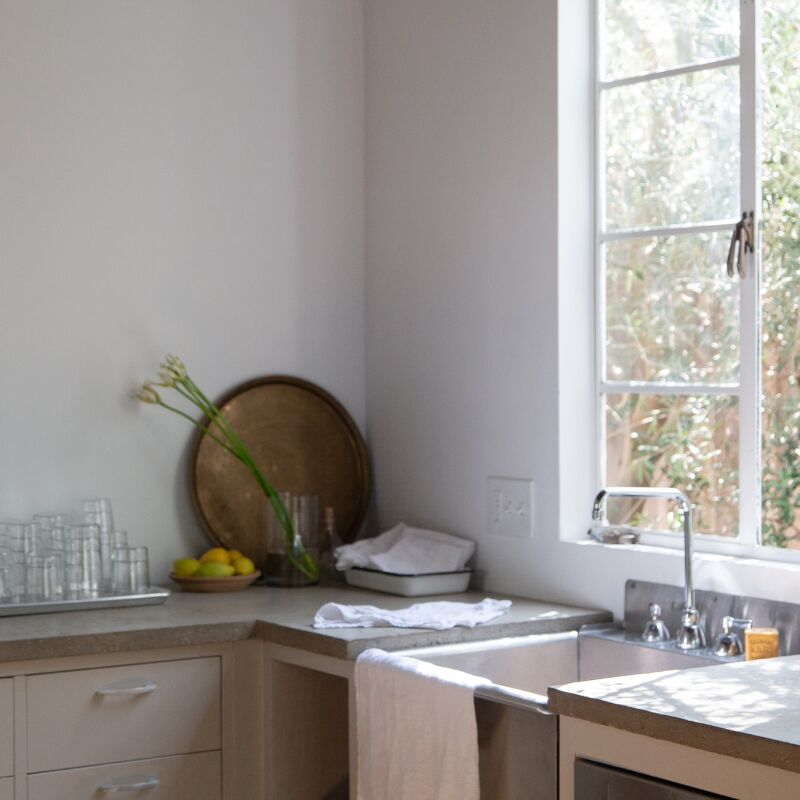
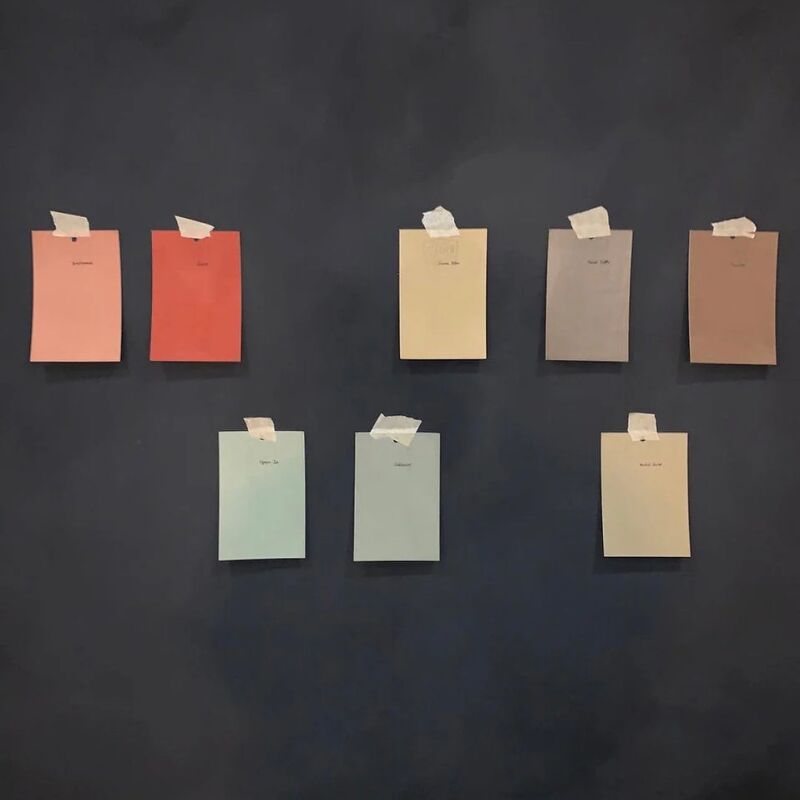
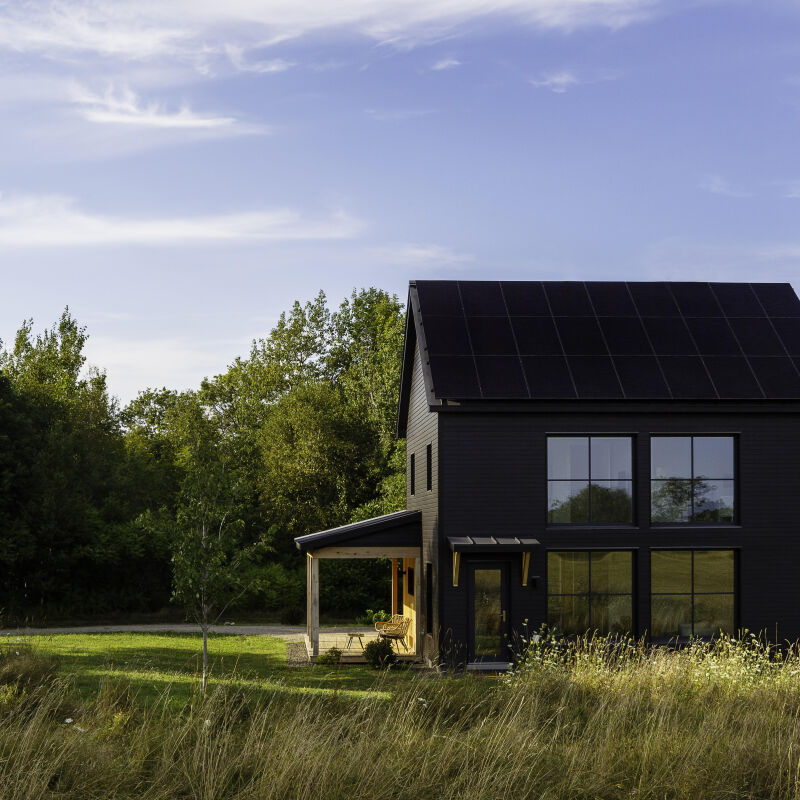

Have a Question or Comment About This Post?
Join the conversation